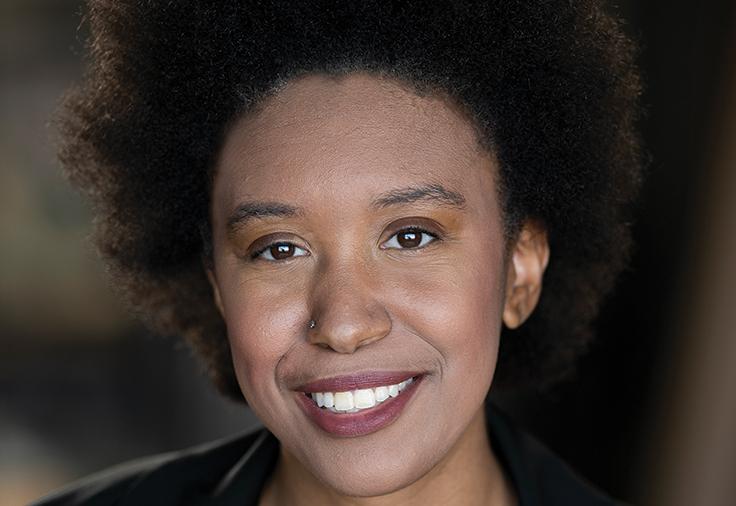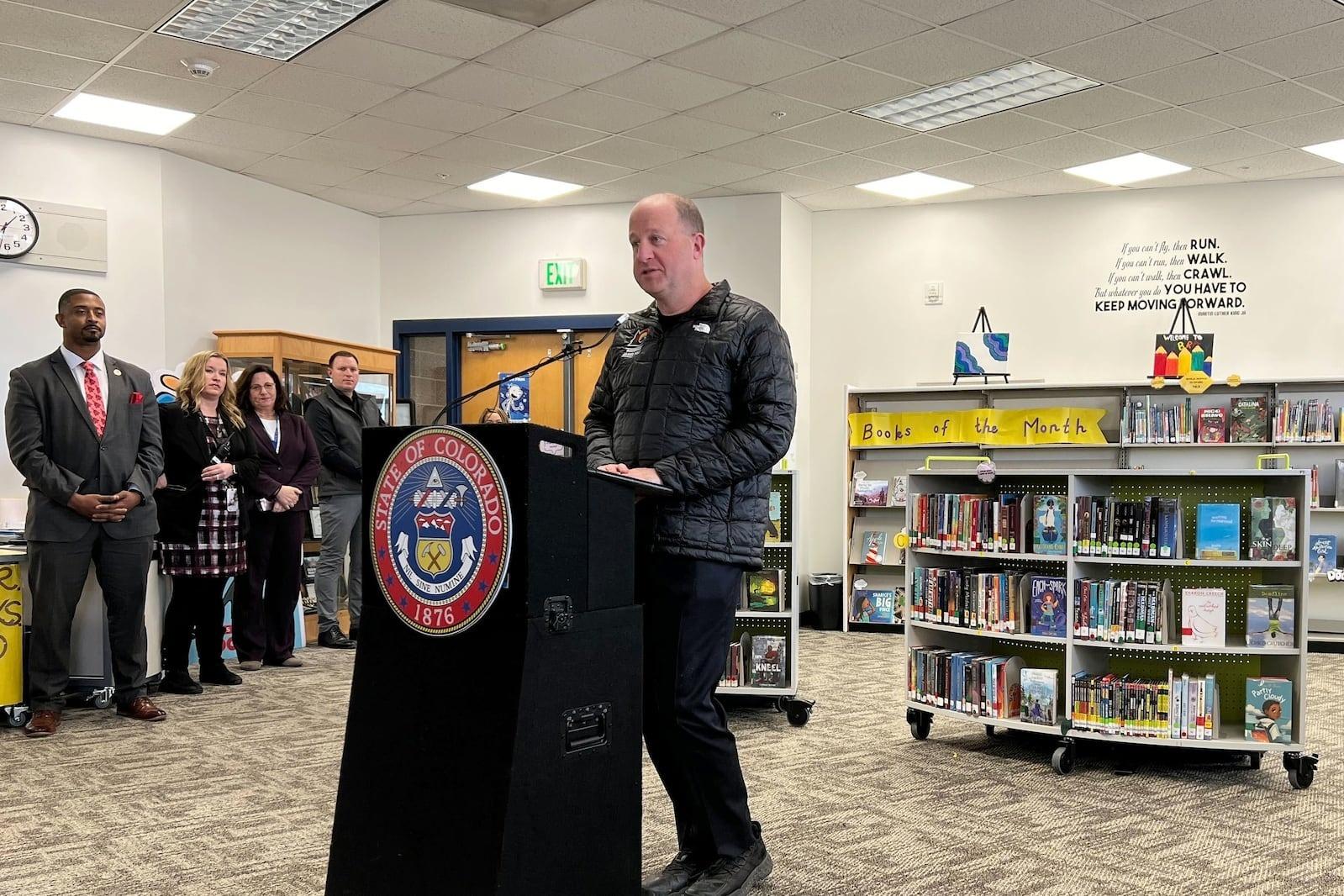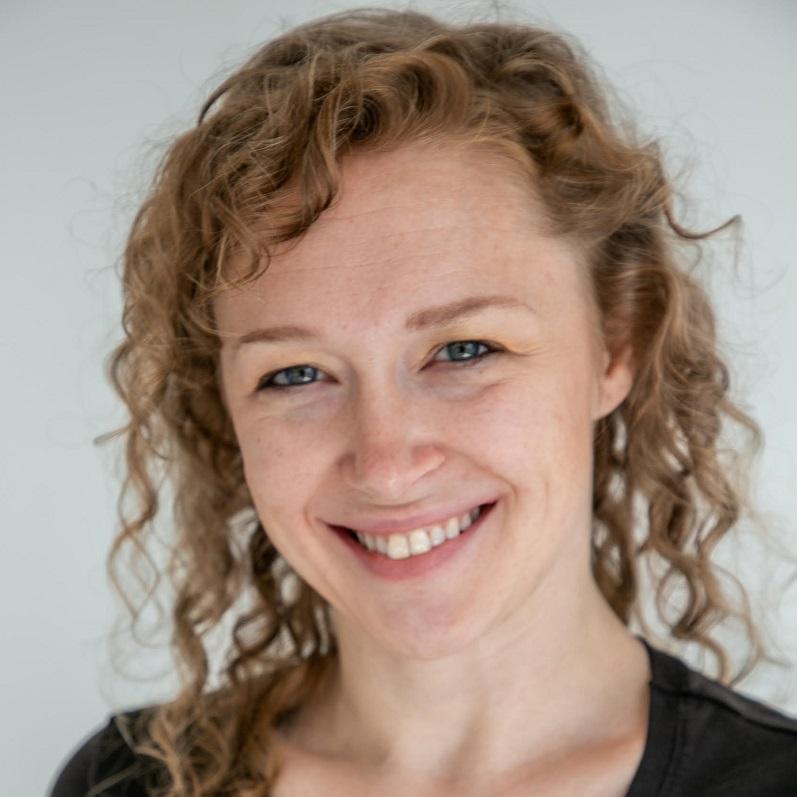
The Chicano Movement in Colorado took hold in the 1960s and 1970s, and during the height of this unrest, six activists, both students and alumni, were killed by car bombs near the University of Colorado Boulder campus.
Jasmine Baetz, an art student at CU, had no idea. She didn't learn about it in class but found out after stumbling on the documentary "Symbols of Resistance," which chronicled the movement in Colorado and New Mexico.
“I found that very shocking,” Baetz said. “I thought that was something that would have been codified in some way in the institution’s history.”
When Baetz realized that there was no marker on campus to remember these activists, she decided to do something about it.
Baetz created a 6-foot concrete sculpture with mosaic tiles of all six of activists, who became known posthumously as "Los Seis de Boulder," or "The Boulder Six." All six are facing the locations where they died. The dedication is Friday.
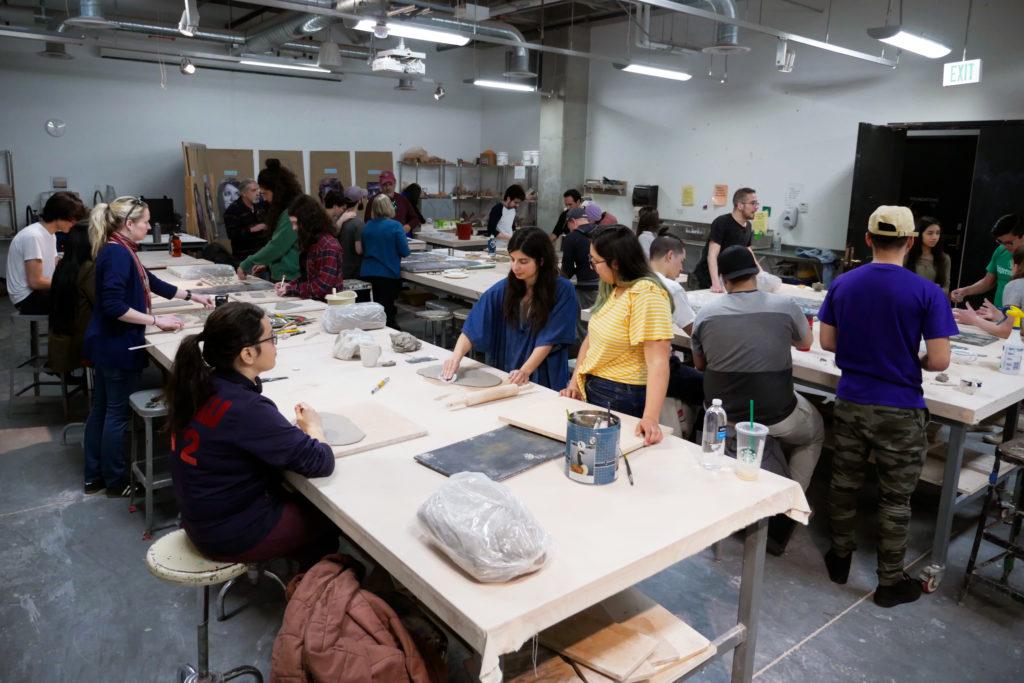
The Car Bombs
On May 27, 1974, a car bomb killed alumni, Reyes Martinez and Una Jaakola, and CU Boulder student Neva Romero in Chautauqua Park.
Two days later, another car bomb killed alumni Freddie Granado and Heriberto Teran, and a student planning to transfer to CU that fall, Francisco Dougherty, at a fast food restaurant on 28th Street in Boulder. There was a fourth man injured in the explosion, Antonio Alcantar, who lost his leg.
Baetz went to a United Mexican-American Students organization meeting (now called UMAS y MEXA) to get Mexican-American voices involved.
Nine Mexican-American students came together in 1968 to create the organization.
Baetz is not Chicana and she’s outspoken about not wanting to center herself. She created and hosted community days to invite students, professors, alumni, and even some of the families of the deceased to help work on the project. On those days, she had anywhere from 30 to 70 people in the ceramics studio.
“I’ve tried really hard to center the community,” Baetz said. “This is literally a community created project and process.”
The site of the sculpture is in front of Temporary Building 1 on campus, where the dedication will be held.
“Intense” At CU In The '70s
In his appearance in "Symbols of Resistance," photographer and journalist Juan Espinoza remembers how intense it was when he was a college student in the 1970s.
During that time, the UMAS faced budget cuts. In the fall of 1973, some Mexican students in the organization had not received their financial aid by midterms.
“They started messing with us,” Espinoza said. “They were alarmed by how we were changing the culture of the university and they started losing our financial aid applications, our files. The strongest advocates, the militants, the one leading the demonstrations and all that were being targeted. It was their financial aid being lost.”
The financial aid debacle led UMAS to occupy the regent administrative building. After a few hours, the administration reinstated the students’ financial aid.
The following year, Mexican students were still struggling with a lack of support from the school. That led to the 18-day occupation of Temporary Building 1 on CU Boulder’s campus. While the occupation was going on, the two car bombs went off within a span of 48 hours — killing the six activists.
No one was charged for their deaths.
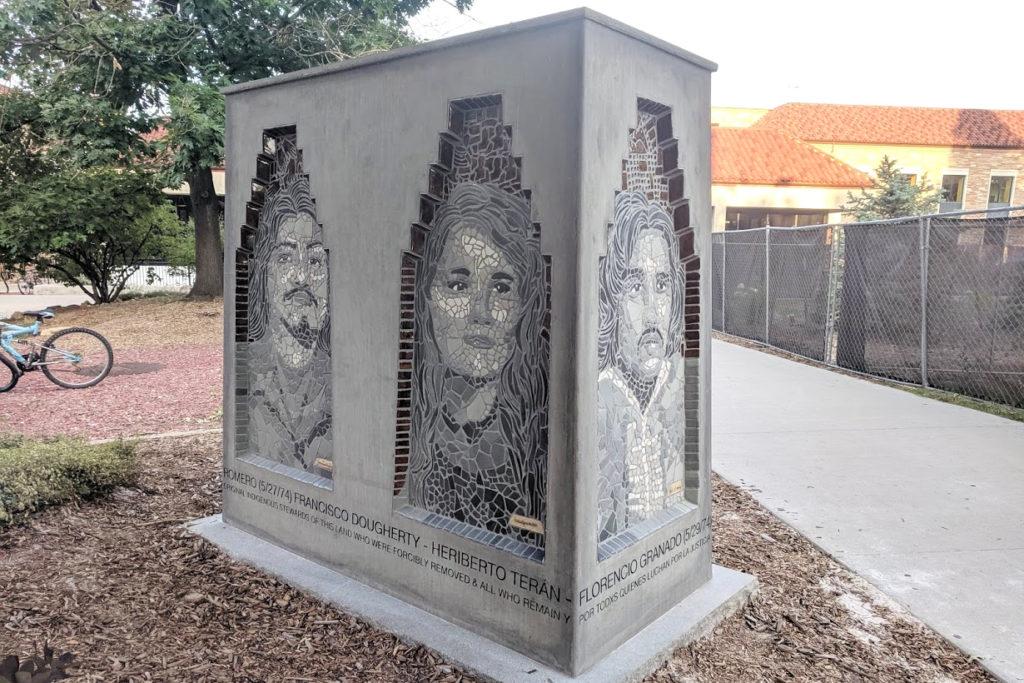
Creating A Memorial
It was at a UMAS meeting where Baetz met Celina Tovar, one of the main collaborators on the sculpture and a fellow CU Boulder art student.
Tovar always knew about the history, unlike some of her classmates.
“It was sort of like having this big secret,” Tovar said. “It also made me feel uneasy just because I knew that the group of people who knew the truth was so small, the people who kept the truth alive was so small.”
Tovar also navigated going to CU Boulder as a first-generation Chicana student in a predominantly white environment.
“It was a massive culture shock, and it was like ‘How is it even possible that people don’t know this story?’” Tovar said.
Tovar recalls trying to tell this history to her white classmates, but it often fell on deaf ears.
“At that point in time, people of color who did any form of resistance were being met with some form of violence and many [of those cases] have gone unsolved,” Tovar said. “And as people of color, we always kind of know something else was going on.”
